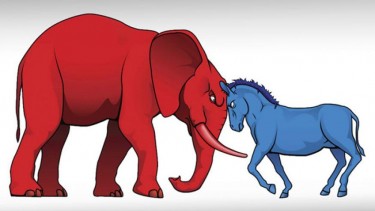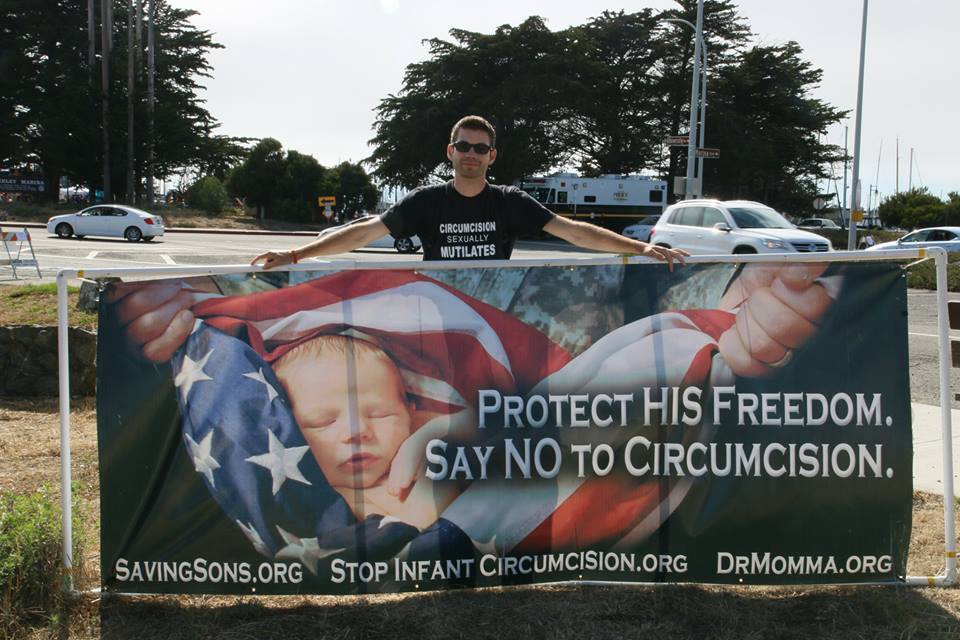Democratic Party has its work cut out at the state level

It behooves the Democrats to concentrate some of their efforts toward electing democrats at the state and local level as that’s where many future candidates hone their skills for later runs for national office.
Ralph E Stone GlobalNewsCentre.com
(SAN FRANCISCO) The Democrats elected Tom Perez for the Democratic National Committee (DNC) Chairmanship. After winning the vote, Perez appointed Keith Ellison as the Deputy Chair. Perez and Ellison each pledged to rebuild state and local parties, including in Republican-dominated states. The Democrats have much work to do at the state and local level where laws are passed disfavoring Democrats.
Consider the Republicans have won more political power in 2016 than in any election since at least 1928. Republicans now have a firm grip on the presidency, Congress, and soon the Supreme Court.
Republicans control both chambers in 32 states, including 17 with veto-proof majorities. Those 32 states cover 61 percent of the U.S. population. Republican also have 33 governors. Democrats, meanwhile, control the legislature in just 13 states, amounting to 28 percent of the country’s population; only five of those chambers have veto-proof majorities.
State legislative elections rarely make the national news, but they are important because they run the redistricting process for the U.S. House of Representatives. One provision of the Voting Rights Act akes it illegal for states to draw voting districts as a way to disenfranchise minority voters. For example, if African Americans are spread out throughout a state, they might not have sufficient numbers in any one district to elect any representatives at all. Racial gerrymandering is when state legislatures draw their maps in such a way as to ensure whites would win every district. Recently, a district court judge ruled that three congressional districts in Texas had been intentionally designed to dilute and diminish the votes of minorities.
Twenty-eight states now have right-to-work laws, which lessens union power by allowing workers in unionized workplaces to withhold union fees used to organize and advocate on their behalf. This gives workers a disincentive to join the union, thereby diminishing the union’s power. Over the years unions have partnered with the Democratic Party and as unions lose power so does the Democratic Party. Presently, there is a national right-to-work law — HR 785 — pending.
The 15th Amendment prohibits any state or the federal government from denying citizens the right to vote based on “race, color, or previous condition of servitude.” Yet it took the Voting Rights Act to make the right to vote a reality for African Americans in the South. Unfortunately, in 2013 the U.S. Supreme Court in Shelby County v. Holder struck down the formula for determining which jurisdiction needed preclearance to change voter registration laws. Preclearance wasn’t dead, but Congress never did set up a formula for preclearance after this decision.
Now — as of December 2016 — 31 states enforced voter identification requirements. A total of 16 states required voters to present photo identification, while 15 accepted other forms of identification. Many states have passed laws suppressing access to the polls such as regulations limiting or eliminating early voting, requiring proof of citizenship, limits on mail-in ballots, restrictions on provisional and absentee ballots that can invalidate these ballots, and at least 868 polling places since the Shelby County decision. The laws have a chilling effect on voting. The rationale for these voting restrictions are to prevent voter fraud, a fake problem as it turns out. These laws target minorities, who in the past voted for Democrats.
It behooves the Democrats to concentrate some of their efforts toward electing democrats at the state and local level as that’s where many future candidates hone their skills for later runs for national office.
___________________________________________



































Leave a Reply
You must be logged in to post a comment.